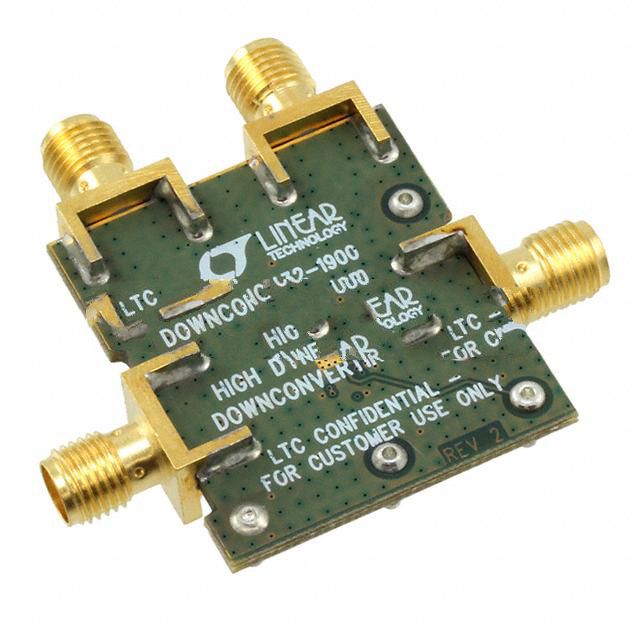Analog Devices Inc. 119197-HMC653LP2E
- 119197-HMC653LP2E
- Analog Devices Inc.
- BOARD EVAL HMC653LP2E
- RF Evaluation and Development Kits, Boards
- 119197-HMC653LP2E Datasheet
- -
- -
-
 Lead free / RoHS Compliant
Lead free / RoHS Compliant - 2241
- Spot Inventory / Athorized Dstributor / Factory Excess Stock
- 1 year quality assurance 》
- Click to get rates
| Part Number 119197-HMC653LP2E |
| Category RF Evaluation and Development Kits, Boards |
| Manufacturer Analog Devices Inc. |
| Description BOARD EVAL HMC653LP2E |
| Package - |
| Series - |
| Type Attenuator |
| For Use With/Related Products HMC653LP2E |
| Frequency 0Hz ~ 25GHz |
| Supplied Contents Board(s) |
| Package_case - |
119197-HMC653LP2E Guarantees



• Prompt Responsiveness
• Guaranteed Quality
• Global Access
• Competitive Market Price
• One-Stop support services of supply chain
Jinftry, Your most trustworthy component supplier, welcome to send us the inquiry, thank you!
Do you have any questions about 119197-HMC653LP2E ?
Feel free to contact us:
+86-755-82518276
+8615019224070, annies65, +8615118125813
568248857, 827259012, 316249462
+8615019224070, +8615118118839, +8615118125813
( Email first will be appreciative )
Customer reviews
Analog Devices Inc.

Analog Devices has built one of the longest standing, highest growth companies within the technology sector utilizing cultural pillars such as innovation, performance, and excellence. Acknowledged industry-wide as the world leader in data ...

EVAL01-HMC1055LP2C
EVAL BOARD HMC1055LP2CE

121947-HMC713MS8
EVAL BOARD HMC1055LP2CE

105143-HMC435AMS8G
EVAL BOARD HMC1055LP2CE

EV-ADUCRF101QS1Z
EVAL BOARD HMC1055LP2CE

EVAL-AD831EBZ
EVAL BOARD HMC1055LP2CE

EVAL-ADF4150HVEB1Z
EVAL BOARD HMC1055LP2CE

ADL5240-EVALZ
EVAL BOARD HMC1055LP2CE

ADL5544-EVALZ
EVAL BOARD HMC1055LP2CE


















